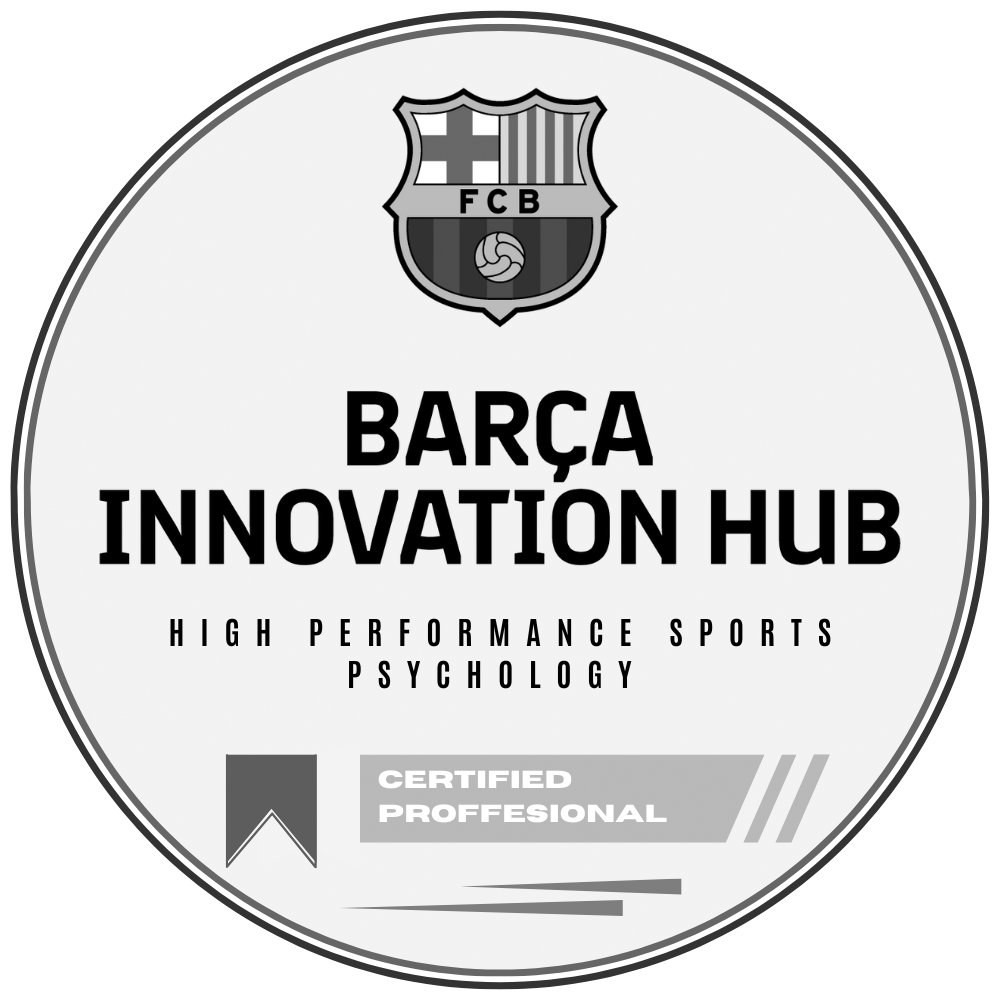“Coaching is unlocking a person’s potential to maximize their own performance. It is helping them to learn rather than teaching them.” – Tim Gallwey
At 35, I became one of the youngest Managing Directors at UBS in Switzerland. Getting there had taken hard work, and I knew staying there would demand even more. I saw my role much like that of a professional athlete—driven by discipline, performance, and continuous growth. I had the credentials, the experience, the MBA, and the energy. I was fit, confident, and in flow. I felt unstoppable.
Then came the London conference.
I had been invited to speak at a global banking event—something I had done before and felt comfortable with. My presentation was solid. I knew the content. But that morning, something shifted. Doubt crept in. That inner voice—the one that questions your readiness—started whispering, then shouting. I tried everything I could think of: deep breaths, meditation, even a few power poses behind the stage. None of it helped. By the time I stepped up to speak, I was no longer present. I stumbled through the talk. My slides didn’t work right. I could feel the room disconnecting. I walked off the stage knowing I had lost—not to the audience, but to myself.
It was a wake-up call. Like any athlete at the top of their game, I realized I needed support—not for technical skills, but for managing what was happening inside.
Around that time, our HR team launched a coaching program for high potentials. I was invited to join, and I did. What followed was a powerful shift.
In those coaching sessions, we kept coming back to the mindset of high performers—whether in sports or business. Focus, resilience, self-awareness, adaptability, confidence—all of that matters. But what matters most is the voice inside: Is it helping or hurting?
My coach introduced me to The Inner Game of Tennis by Tim Gallwey. It changed everything.
Gallwey’s insight is simple but profound: the biggest obstacles to peak performance aren’t external—they’re internal. The critical inner voice, the overthinking, the anxiety—it all gets in the way. In sports, this might show up as “my swing is off.” In business, it might sound like, “I’m not ready for this,” or “What if I fail?” Either way, the interference is real.
Gallwey talks about the coach’s role in shifting attention—distracting the inner critic so that instinct can take over. Like focusing a tennis player on the sound of the ball rather than their backhand mechanics. The same applies in the boardroom. When we refocus attention, when we quiet the inner chatter, we create space for performance to emerge. Not by pushing harder, but by getting out of our own way.
That was the breakthrough for me. I realized that I wasn’t lacking skill or preparation. I was simply letting my inner voice take over. Coaching helped me shift that. Over time, I was able to show up more grounded, more present, and far more effective.
Years later, as I trained to become a coach myself, I came across Gallwey’s equation again:
Performance = Potential + Development – Interference
It’s a powerful formula.
- Performance is what we’re actually able to do.
- Potential is our innate capacity—what’s possible.
- Development is training, learning, feedback, growth.
- And Interference—that’s the big one—is everything that gets in the way. The doubt, fear, habits, beliefs, old narratives.
As coaches, our job is to help reduce interference. Not by giving answers, but by helping clients reconnect with their own clarity. Like with the golfer—when we stop trying so hard to control the swing, and instead notice the dimples on the ball, something opens up. We get out of our heads. We return to instinct.
Whether you're an athlete on the court or an executive in the boardroom, the game is the same. The real work isn’t just about performance—it’s about mindset. Less interference. More presence. That’s where transformation begins.
And that’s where coaching comes in.
Recommended book:
Gallwey, W. Timothy. The Inner Game of Tennis: The Classic Guide to the Mental Side of Peak Performance. New York: Random House, 1974.



.svg.png)










.png)


